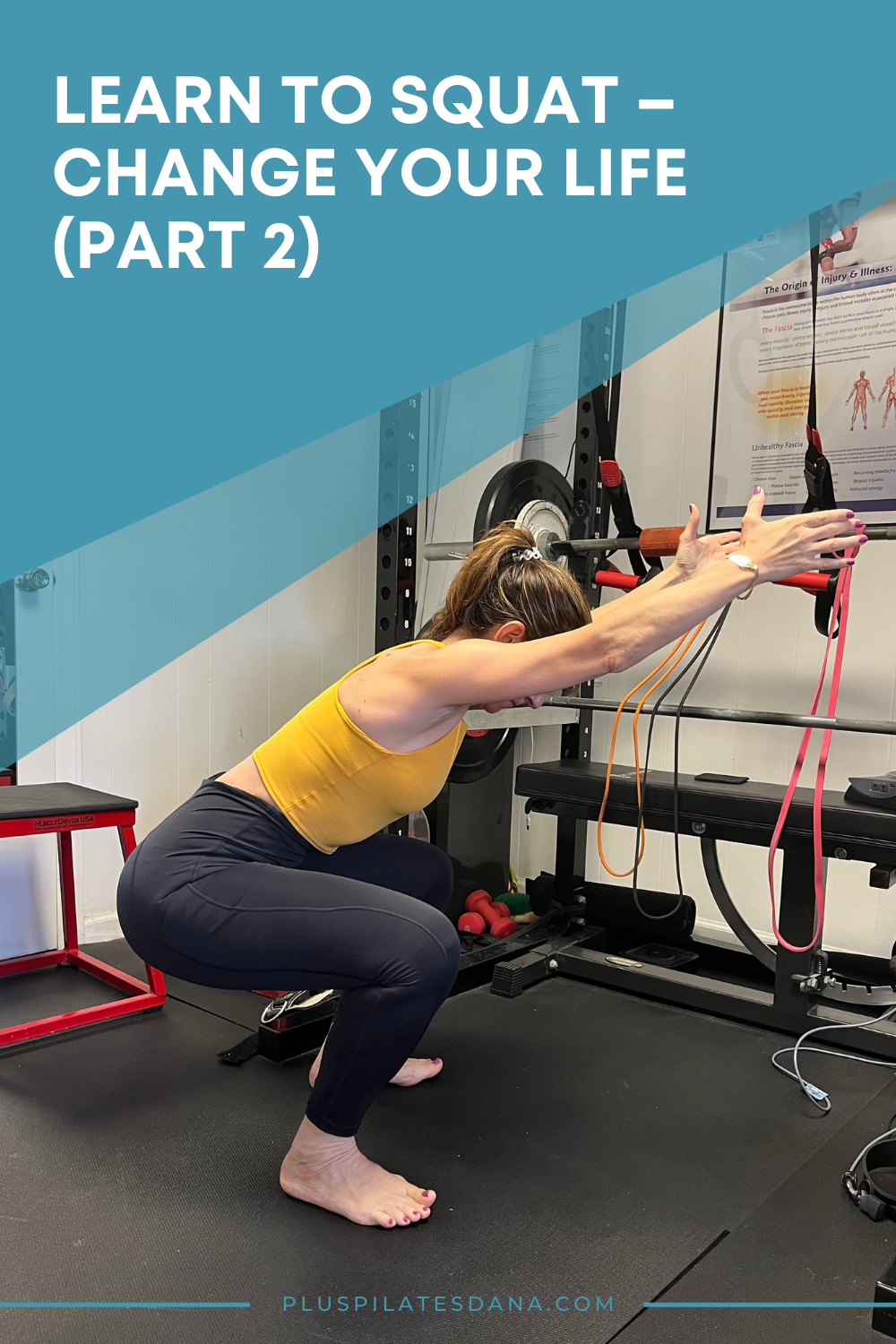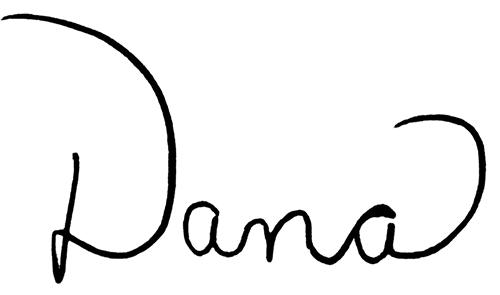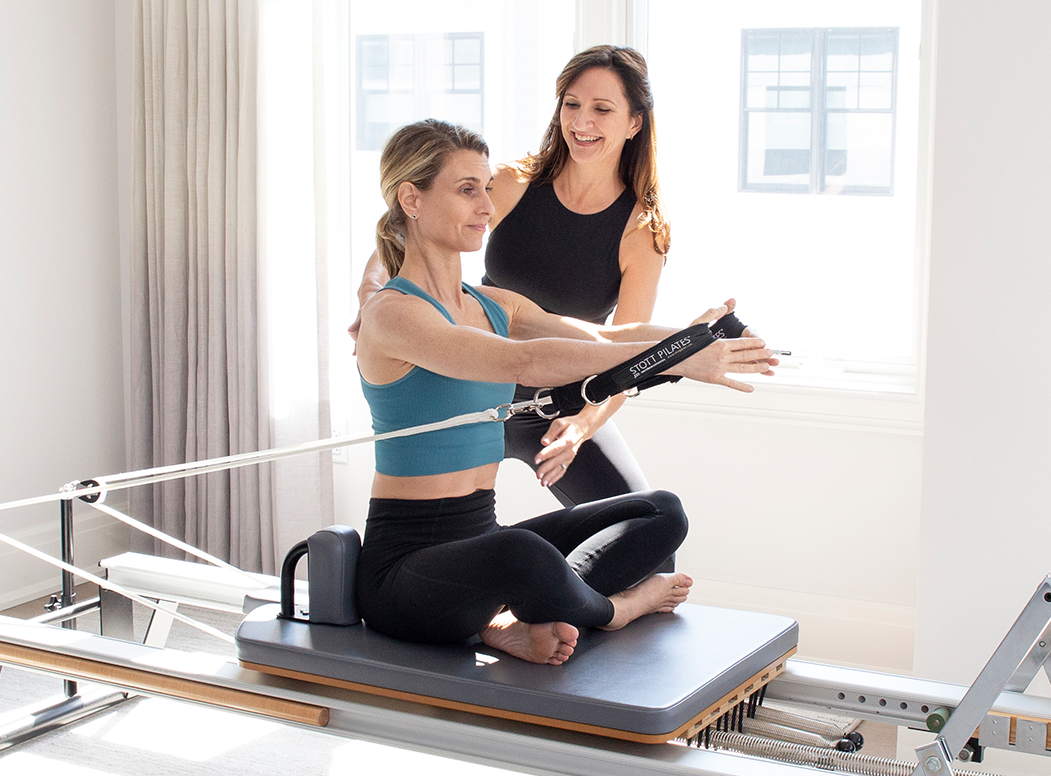 In the 1st blog about the squat you learned about my experience with the squat at a course I attended in Dallas in March of 2022. The course was taught by Scott Herrera, President & CEO of Legacy Sport & Wellness Center. Scott said “learn to squat, change your life.” That’s exactly what happened to me.
In the 1st blog about the squat you learned about my experience with the squat at a course I attended in Dallas in March of 2022. The course was taught by Scott Herrera, President & CEO of Legacy Sport & Wellness Center. Scott said “learn to squat, change your life.” That’s exactly what happened to me.
Now that I learned the proper way to squat, I feel stronger overall and my posture is even better since I’ve incorporated squats regularly into my workout routine.
Shortly after my Dallas trip the New York Times published an article called “The Power of the Squat,” written by Gretchen Reynolds. What a coincidence that I had begun incorporating the squat into my workout routine for only a couple of weeks before this article appeared.
I was so excited to check out this article especially after reading the opening sentence “it’s the one exercise most of us should be doing. But we need to do it right.”
Often times people learn the squat incorrectly with the pelvis pushing back, their head up and the rest of the spine out of proper alignment. Add in a heavy weighted bar for the back squat, for example, and that’s a recipe for disaster.
Bryan Christensen, a professor of biomechanics at North Dakota State University who studies resistance exercise says “for lower-body strength and flexibility, there is no better exercise.” Then I read the following quote by Silvio Rene Lorenzetti, Director of the Performance Sports division of the Swiss Federal Institute of Sort in Magglingen –
“the benefits are not confined to the lower body. It is really a whole body exercise.” Mr. Lorenzetti goes on to say “It requires core stability and trains the back.”
Recently I was working with a client who said they felt their core and upper back muscles helping them to stay in proper alignment. Excellent comment! I couldn’t agree more, especially because I had experienced the same thing with my body when I was training in Dallas. I was shocked that both my core and postural back muscles were sore after squatting. Unfortunately, many people aren’t properly taught how to squat so they end up injured and abandoning the exercise altogether because they say it’s not for them.
That’s a shame, because we need to incorporate squats regularly into our workout routine for general wellness.
Squats are a functional exercise that can help with daily tasks like sitting in a chair, bending down to get something off of a low shelf working in the garden and cleaning house.
Additional benefits of the squat include:
- Strengthening muscles such as the glutes, quadriceps, hamstrings, abdominals and calves.
- Strengthening tendons, bones and ligaments around the muscles.
- Improving posture and balance.
- Helping you feel and look good!
While I feel this article has many great things about the benefits of a squat, I don’t agree with all of it, in particular the statement regarding no absolute best form for everyone.
The proper position for everyone is with the knees pushing forward and the spine in line from the top of the head all the way down to the tailbone. Ideally when doing a squat, the body should descend to a 90 degree angle prior to ascending to the upright position, but this may be extremely challenging for many people at first, because they have imbalances in their bodies such as tight calf muscles or weak glute and abdominal muscles.
Often times many people, even high level athletes, injure themselves when doing squats, because they are not maintaining the proper alignment of the spine. But, with proper training, anyone can learn to squat.
Check out my short video below to see the proper alignment of the squat and click here to join my weekly Pilates & ELDOA class where I incorporate the squat and other exercises that help to facilitate a great gravity line, which will improve your posture.
If you want to start one-on-one with me learning to properly squat and change your life like I did, then reach out to me for a free consultation.




0 Comments